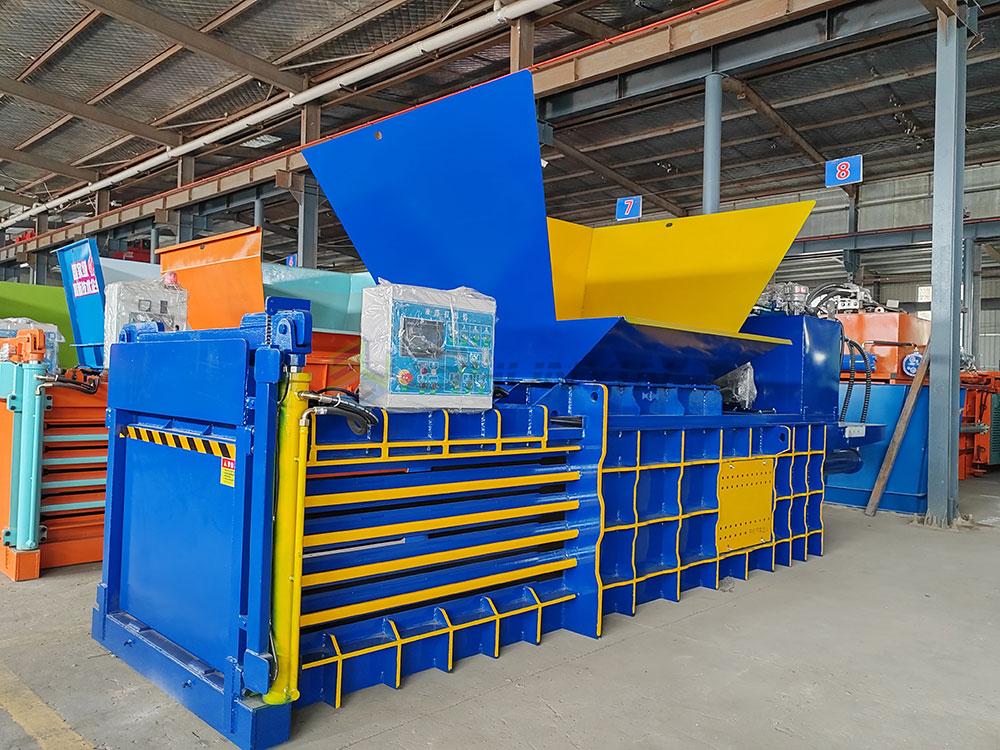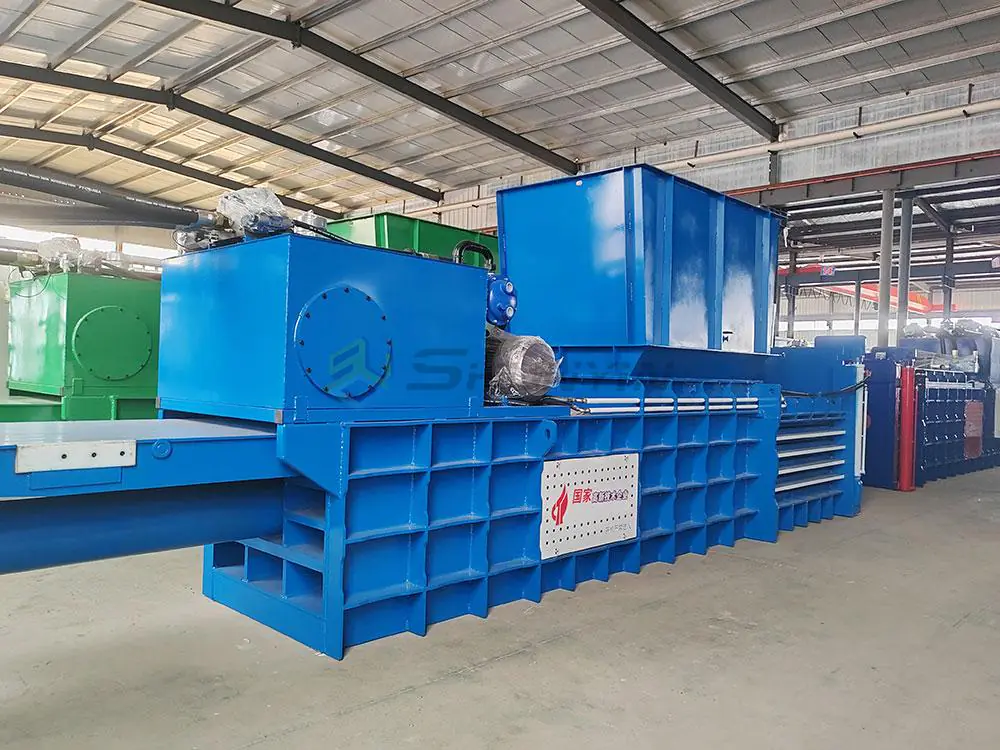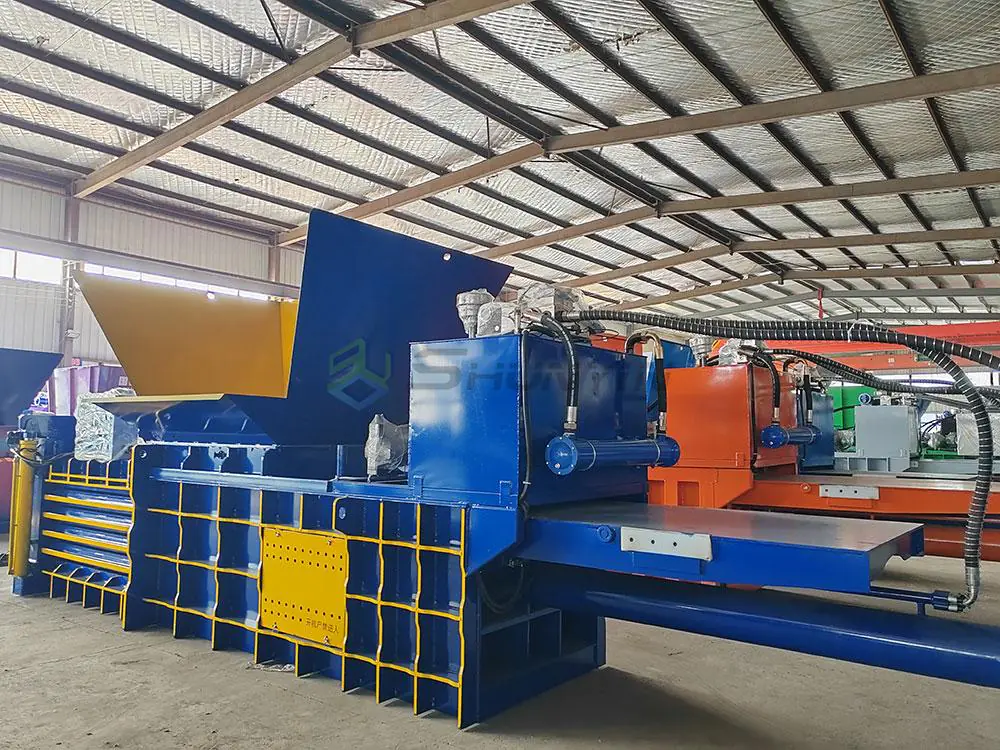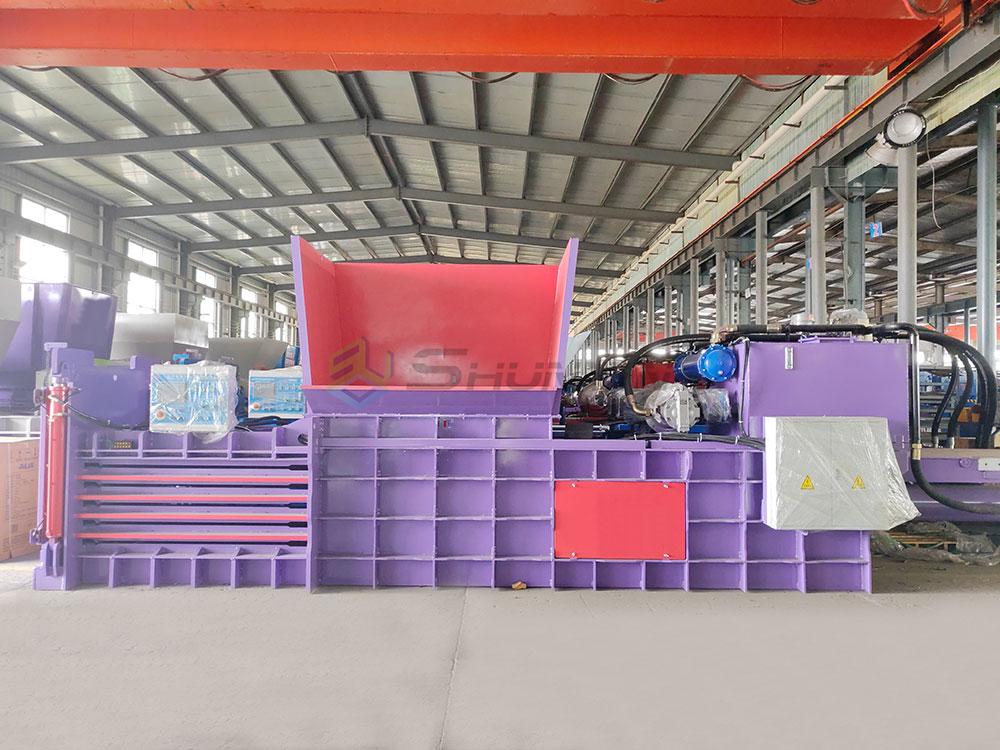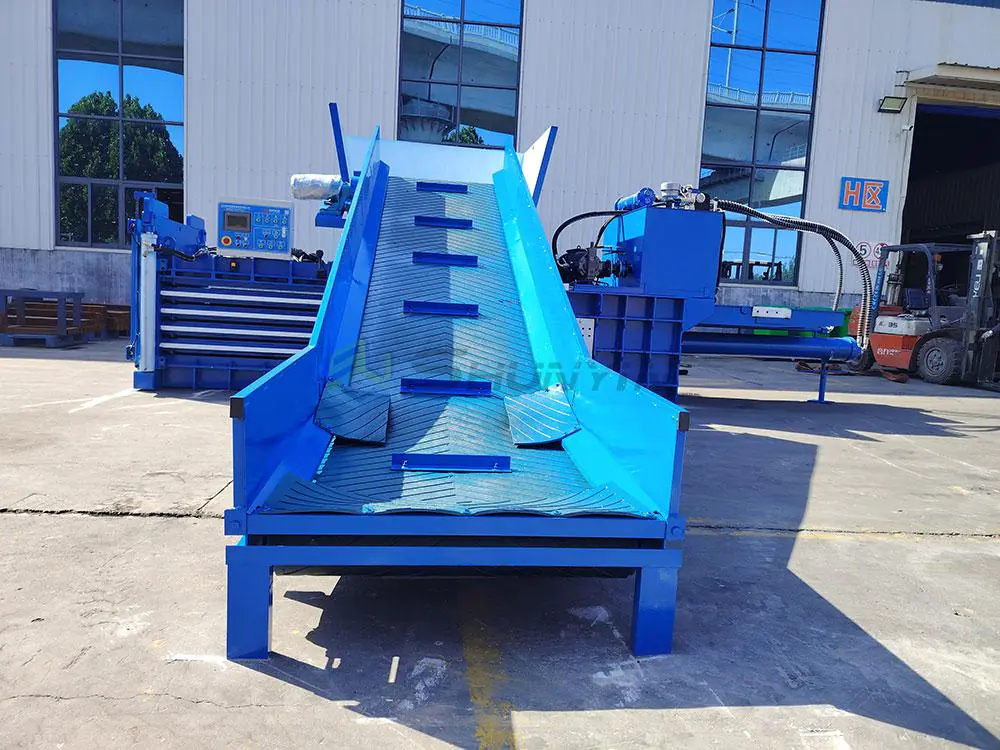
A Barcelona recycling plant faced €24,000 monthly penalties until switching to CE-certified balers. Their bale weight consistency improved from 68% to 96% compliance – proving certification matters more than raw power.
CE-certified horizontal balers maintain EN643 standard bale weights (630-680kg) through precision hydraulics (±1.8 PSI control) and real-time density algorithms, achieving 15-18% higher resale value compared to non-certified models. These systems automatically adjust for 12 types of cardboard variations and 6 common contaminants.
Discover how five critical parameters separate compliant from substandard equipment.
How Much Does a Standard Cardboard Bale Weigh?
A Dutch recycler lost €14,000 monthly by producing 590kg bales that missed EN643 requirements. Precision weight control transformed their profitability overnight.
Standard cardboard bales under CE certification must weigh 630-680kg with dimensions of 700x800x900mm (LxWxH). Modern balers use laser measurement systems achieving ±0.35% weight variance through 9-stage compression cycles and moisture sensors with 0.8% accuracy.
Global Weight Standards Comparison
| Standard | Weight Range | Dimensions | Target Market |
|---|---|---|---|
| CE EN643 | 630-680kg | 700×800×900mm | EU |
| ISRI 11 | 544-635kg | 750×1000×800mm | North America |
| GB/T 20811 | 480-520kg | 600×800×800mm | China |
| JIS Z 0301 | 580-650kg | 780×900×850mm | Japan |

Moisture & Profitability Matrix
| Moisture Level | Weight Correction | Energy Impact | Value Loss |
|---|---|---|---|
| 6-8% (Ideal) | None | Baseline | 0% |
| 9-12% | +3.2PSI, -7s cycle | 18% ↑ | €4.8/ton |
| ≥13% | Auto-reject + alarm | 29% ↓ | Full batch |
Case Study:
- Facility: Hamburg Paper Processing Center
- Solution: Installed desiccant dryer (€52k)
- Results:
- Moisture reduced from 14% to 7.6%
- Monthly penalty payments eliminated
- 11-month ROI achieved
What Type of Cardboard Should Be Placed in the Baler?
A UK facility destroyed €38k hydraulic seals processing prohibited poly-coated boards. Material restrictions aren’t optional – they’re economically essential.
6 Approved Cardboard Types:
- Corrugated Fiberboard (OCC)
- Solid Bleached Sulfate (SBS)
- Uncoated Chipboard
- Molded Pulp Packaging
- Paper-based Composite Boards (≤8% polymer)
- Wax-Alternative Treated Boards (BioPE coated)

Contaminant Detection Economics
| Detection Method | Error Rate | Cost/Ton Saved | Penalty Avoidance |
|---|---|---|---|
| Manual Sorting | 12-18% | €3.20 | €9.40 |
| NIR Sensors | 1-1.8% | €0.85 | €16.70 |
| X-Ray Systems | 0.5-0.9% | €1.40 | €23.50 |
Contamination Protocols:
- X-Ray identifies metal staples (≥1mm resolution)
- Air jets remove plastics at 8 bar pressure
- Auto pressure reduction for wet layers
- RFID tags log contamination events
Cost Analysis:
- Polish facility saved €71k/year using X-Ray detection
- ROI: 2.3 years on €162k system investment
How Much Force Does a Cardboard Baler Have?
A Budapest plant increased bale density 27% by optimizing from fixed 2,800 PSI to adaptive 1,800-3,100 PSI systems. Intelligent force application beats brute strength.
CE Force Requirements vs Actual Performance
| Parameter | EN16500 Standard | Typical Machine | Premium System |
|---|---|---|---|
| Max Force | 28MPa (4,060 PSI) | 26MPa | 34MPa |
| Control Precision | ±3% | ±1.8% | ±0.7% |
| Response Time | <0.9sec | 0.6sec | 0.3sec |
| Safety Margin | 25% | 28% | 32% |

Adaptive Force Strategies
By Corrugation Type
| Flute Type | Thickness | Pressure Range | Cycle Time |
|---|---|---|---|
| B-Flute | 3.2mm | 2,200-2,600PSI | 18s |
| E-Flute | 1.6mm | 1,800-2,100PSI | 22s |
| Micro | 0.9mm | 2,450-2,750PSI | 15s |
By Layer Count
| Sheets per Load | Incremental Force | Density Adjustment |
|---|---|---|
| 15-20 | +75 PSI | 3.8% ↑ |
| 21-30 | +120 PSI | 5.1% ↑ |
| 31+ | Auto layer separation | Alarm triggered |
Seoul Municipal Waste Case:
- Implemented servo-hydraulic controls (Bosch Rexroth)
- Energy use dropped from 11.3 to 7.8 kWh/ton
- Compression uniformity increased to 94%
How Many Bales of Cardboard Make a Ton?
A Rotterdam logistics hub optimized from 47 to 56 CE bales/truck – cutting transport costs 19% through precise density management.
Baling Efficiency Calculator
| Bale Weight | Bales/Ton | Trucks/Month (50km radius) |
|---|---|---|
| 600kg | 1.67 | 82 |
| 630kg | 1.59 | 77 |
| 680kg | 1.47 | 69 |

Density Profit Model
| Density (kg/m³) | Market Price | Production Cost | Margin |
|---|---|---|---|
| 135-149 | €82/ton | €39 | €43 |
| 150-163 | €97/ton | €42 | €55 |
| 164-175 | €104/ton | €45 | €59 |
Implementation Steps:
- Install load cells (±0.25% accuracy)
- Program automatic dwell time adjustment
- Add pre-heating platen (45-50°C surface)
- Train operators on density monitoring
Frankfurt Case Results:
- Achieved 162 kg/m³ average density
- 23% profit margin increase
- Client audit scores improved to 94/100
Conclusion
CE-certified horizontal balers guarantee standard compliance through three pillars: adaptive force control (1,800-3,400 PSI), real-time contamination detection (≤0.9% errors), and automated weight calibration (±0.3% variance). Implement ISO 13849 controls and demand EN13042 certification for 19-27% ROI within 18 months. Always verify load cell calibration (Class M1) and hydraulic oil cleanliness (ISO 4406 16/14/11).


